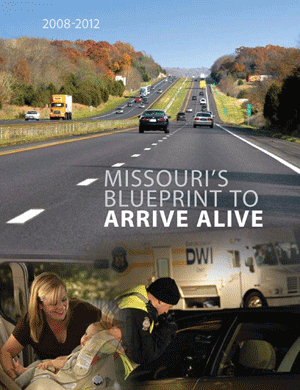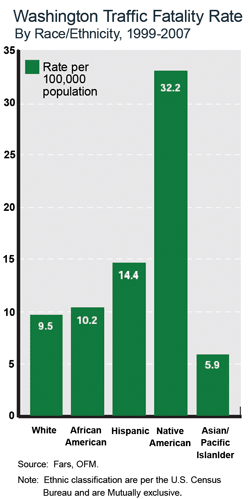Training Improves Local Safety Planning Capacity
Original publication: SHSP Implementation Process Model, Supplement Number 1 – Case Studies; FHWA-SA-10-025; 2010(PDF, 1MB)
Key Accomplishments
- Improved the ability of local governments to conduct safety studies according to State guidelines.
- Enhanced the safety culture in local agencies.
- Improved consistency of safety studies among local governments and MPOs.
To reduce fatalities and injuries throughout New Jersey, agencies and organizations at the local level need to participate in safety planning. However, many local governments and metropolitan planning organizations (MPO) have limited staff and resources available to conduct safety studies; therefore, the New Jersey Department of Transportation (NJDOT) recognized a need to increase safety capacity at the local level.
On a regular basis, NJDOT provides MPOs and local governments a list of locations with a high-crash frequency. Local jurisdictions are required to conduct studies to identify contributing crash factors and develop strategies to improve safety at these locations. NJDOT developed a Safety Study Guidelines Course to train local governments, MPOs, and consultants retained by local governments to determine crash contributing factors and to identify strategies for improving high-crash locations.
The course trains people how to apply a systematic process to conduct safety studies. The process involves five components:
- Confirm and clarify problems, goals, and project needs;
- Collect data;
- Analyze data and select relevant studies (i.e., volume, signal warrant, capacity analysis, sight distance);
- Identify and evaluate countermeasures; and
- Recommend a plan.
The course also familiarizes students with the project development process, project selection criteria, and key individuals typically involved in the process.
NJDOT strongly encourages local governments to participate in the Safety Study Guidelines Course. Consultants performing safety studies for local governments or MPOs are required to complete the Safety Study Guidelines Course before working on projects utilizing Federal funding.
Results
The course has improved the SHSP by providing a consistent format and guidelines for safety studies. Instead of simply providing technical analysis support to local agencies, the training enhances the safety knowledge and culture of local governments and MPOs. City, county, and regional planners and engineers now have increased capacity to perform safety studies, including roadway safety audits, and are educated about the SHSP process.
Contact:
Patricia Ott
Director, Traffic Engineering and Safety
New Jersey DOT
609-530-2488
Patricia.Ott@dot.state.nj.us


